In September 2015, after visiting Miyajima in Hiroshima, I wrote about the island’s starving deer population. Just over nine years later, in November 2024, I went back to see what the situation is like today.
Miyajima is an island off of Hiroshima prefecture that’s home to Itsukushima Shrine, which is designated a UNESCO World Heritage Site. The shrine is unique for being built over water and famous for its “floating” torii gate. As such, it attracts millions of visitors a year, especially from Hiroshima, which is less than an hour away.
Visitors also come to see the semi-wild sika deer, which roam around freely, much like they do in Nara Park. But unlike Nara deer, Miyajima deer are not allowed to be fed. (That’s not to say they aren’t fed by visitors—because they are—it just hasn’t been officially allowed since 2008.) So you won’t see any deer cracker vendors, for example.
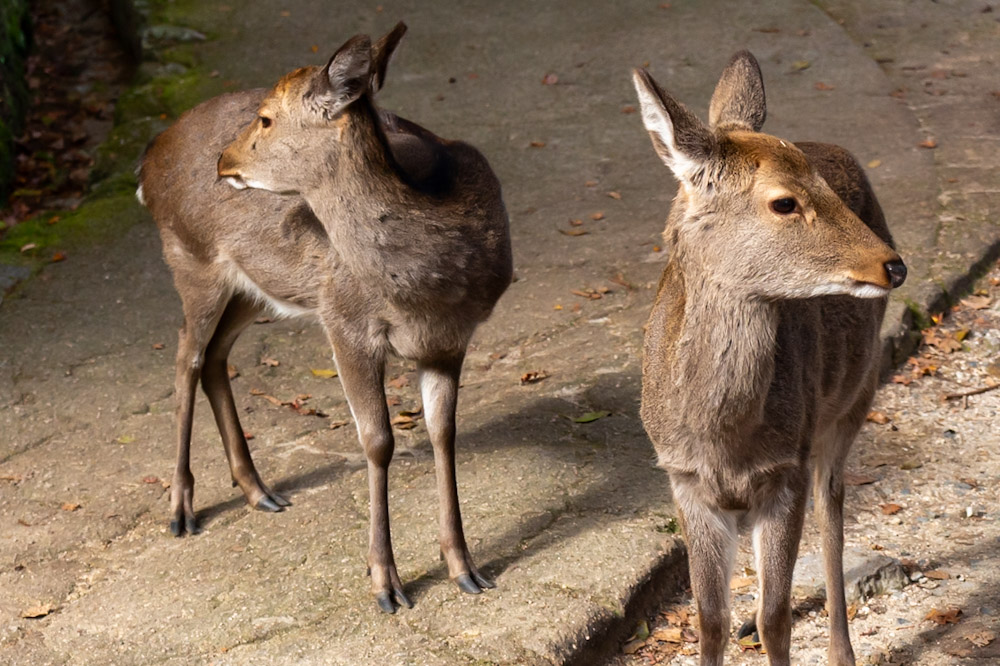
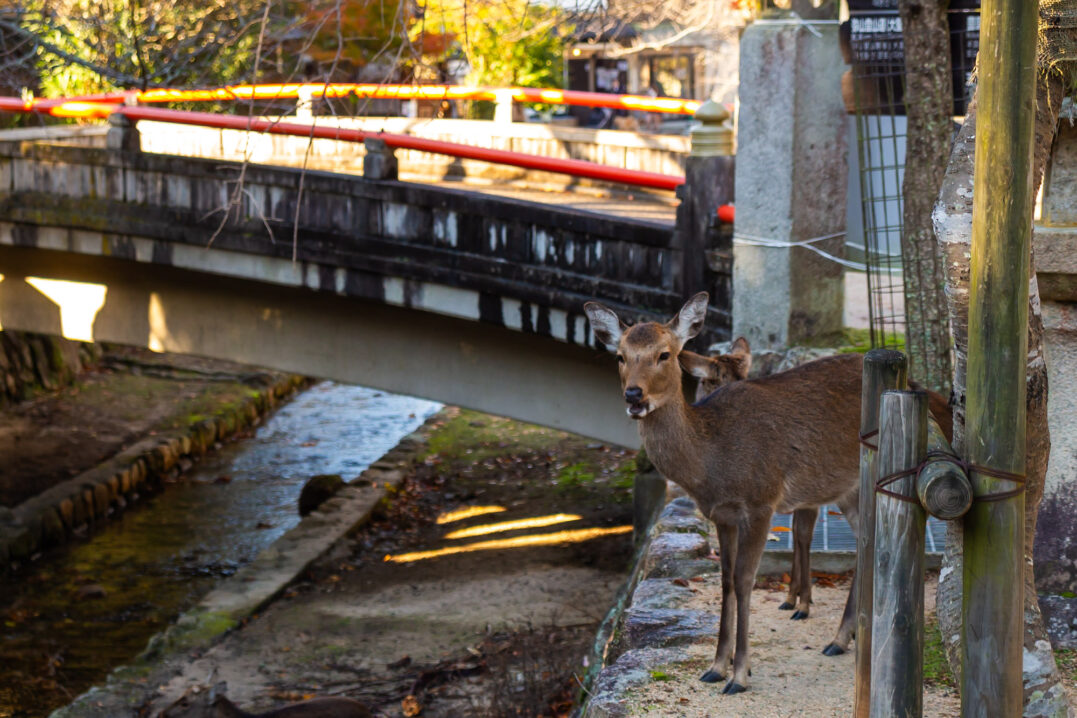
When the feeding ban was first introduced, it caused all sorts of upset as it would essentially cut the deer off from the very food source they’d come to rely on. You see, as the island became more and more popular with tourists over the decades, the deer became accustomed to being fed by visitors. This led to a population explosion, which, in turn, wreaked havoc on the island’s vegetation. And with their original food sources dwindling, the deer became even more dependent on tourists for food.
Residents of Miyajima had also begun to express concern about the increasing number of deer venturing into town in search of a snack. The deer were leaving droppings, causing allergies and traffic accidents, and even injuring some people who approached them. And so, in 2008, Hatsukaichi, the city that has jurisdiction over Miyajima, came up with a Deer Protection Plan which prohibited the feeding of the deer.
Of course, animal rights activists weren’t too happy about the plan, arguing that it was unnecessarily cruel. The natural vegetation on the island was still not enough to satiate the deer, and if visitors couldn’t feed them, they would essentially be left to starve. And so it was: as visitors began adhering to the new rule, the deer began eating maps, ferry tickets, plastic, garbage, and whatever else they could get their hooves on. Some got sick and died.
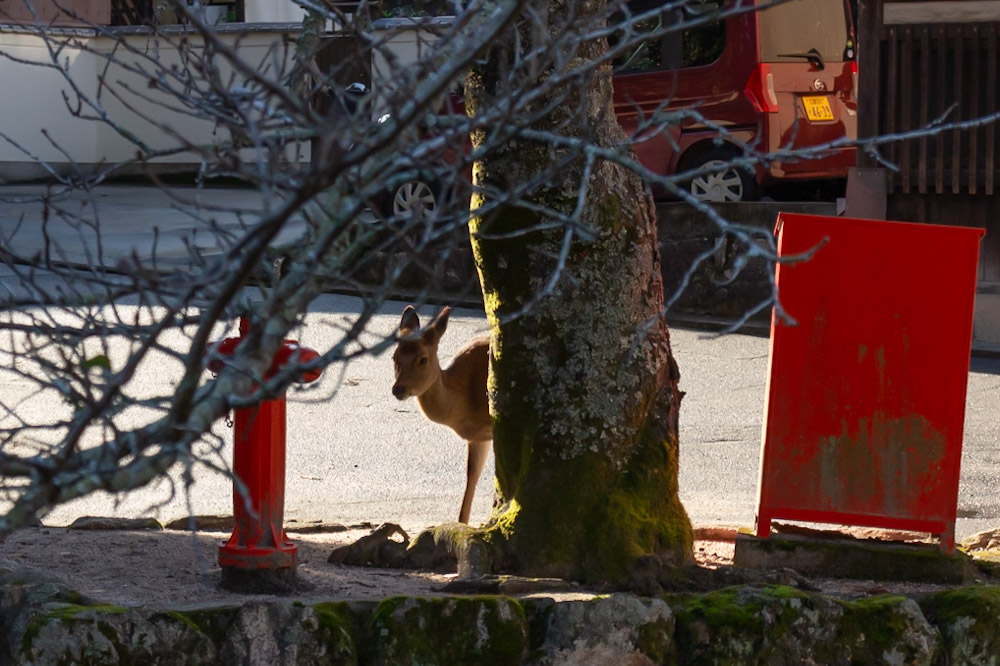
This caused a fair amount of outrage among animal lovers, and a flurry of blog posts, like this one, and petitions, like this one, started appearing online. Other people, however, agreed with the plan and accused activists of slandering the island with false rumors of starving deer. Many tourists just carried on, out of ignorance or indifference, continuing to feed the deer in spite of the ban.
After visiting Miyajima in 2015 and experiencing the deer myself, many of whom were actively chasing tourists or rummaging through their stuff at the time in search of food, I wrote my own piece about the issue. To date, it’s one of the most-read posts on this blog. So, now that I’m back in Japan, I figured why not visit again and see if anything has changed.
The first thing I noticed is that there are far less deer roaming around than there used to be. And the ones that are seem to be pretty disinterested in dealing with people. While some were wandering on their own, many seemed to be sticking to pairs or small groups. Of course, these are just observations from a one-day visit, but the difference was apparent to me.
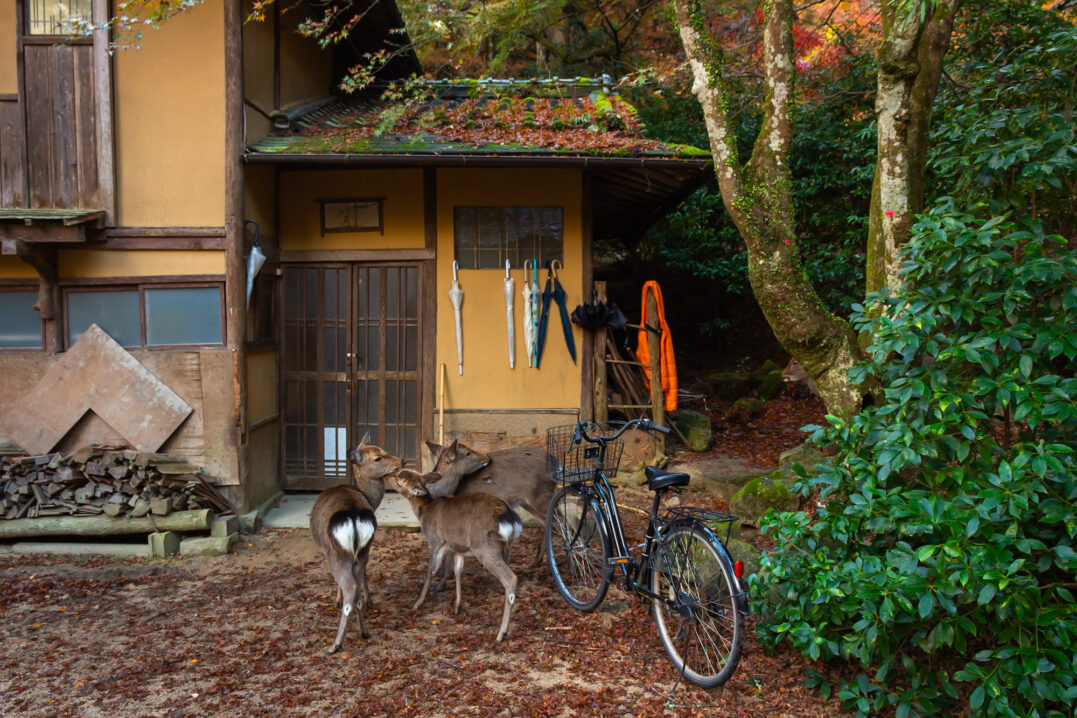

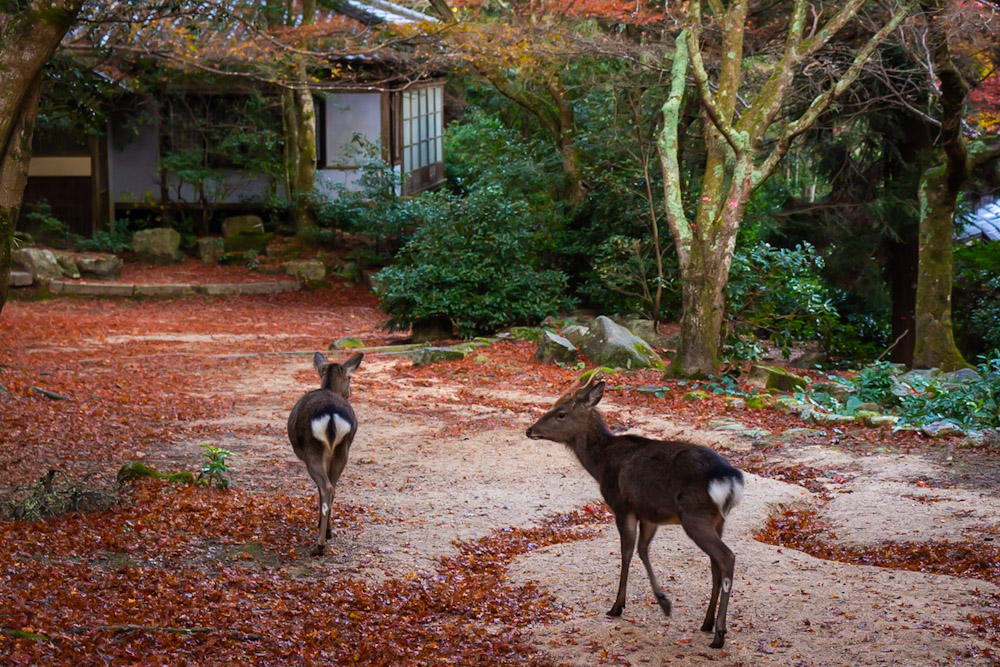
After my visit, I did some more research. I learned that the Deer Management Plan from 2008 is still in effect. The plan, which I linked to in my original post, used to be available in English on the City of Hatsukaichi’s official website. But after the website underwent a “renewal” in 2016, it’s since disappeared. I did, however, manage to find a Japanese version of the second revised edition of the plan, which was released in August 2019.
According to the latest version, via Google Translate, “there is sometimes information that deer are starving to death due to the recent feeding ban, but this has not been confirmed.”
The plan also notes that, while the nutritional condition of the deer can’t be said to be good, surveys show that the reproductive rate remains high and so it is “reasonable to assume that the situation is not critical.” The population increase is also attributed to “artificial increases in food supply through feeding.”
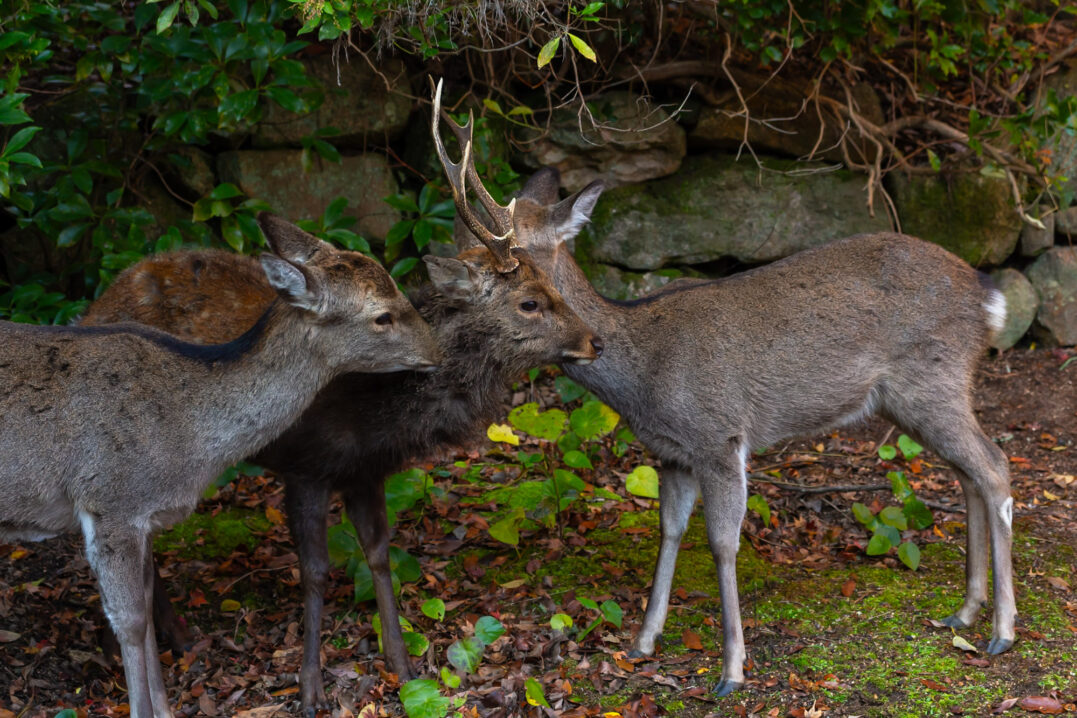
The document goes on to say that while the feeding ban is an effective measure, it’s not currently being followed (read: enforced) and is therefore not working sufficiently to control the deer population. In fact, surveys show that the deer population may start to increase again.
The management plan doesn’t appear to have been updated since 2019 and there’s little else to go on, so it’s impossible to know where the situation fully stands without a more in-depth investigation. I think it’s safe to say, though, that the problem remains largely unsolved.
Miyajima lives on, I suppose, as another example of what happens when we tip the scales of nature without fully understanding the consequences.
Read the original post here.

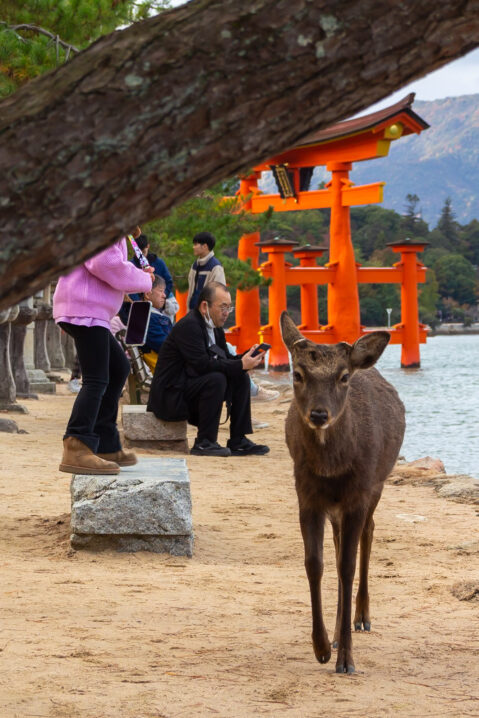
Visit Miyajima
Miyajima is accessible by ferry via Miyajimaguchi Ferry Terminal (宮島口旅客ターミナル) in Hatsukaichi. The Ferry Terminal is a 5-min walk from JR Miyajimaguchi Station. To reach the station from Hiroshima, take the Local Iwakuni on the Sanyo Line from JR Hiroshima Station. It takes about 30 minutes.
From the ferry terminal, you can take either the JR or Matsudai ferry to Miyajima. Be sure to check the websites for respective timetables. Both take 10 minutes and cost 400円 roundtrip (excluding the Miyajima visitor tax of 100円). If you have the Japan Rail Pass, you can use it on the JR ferry.
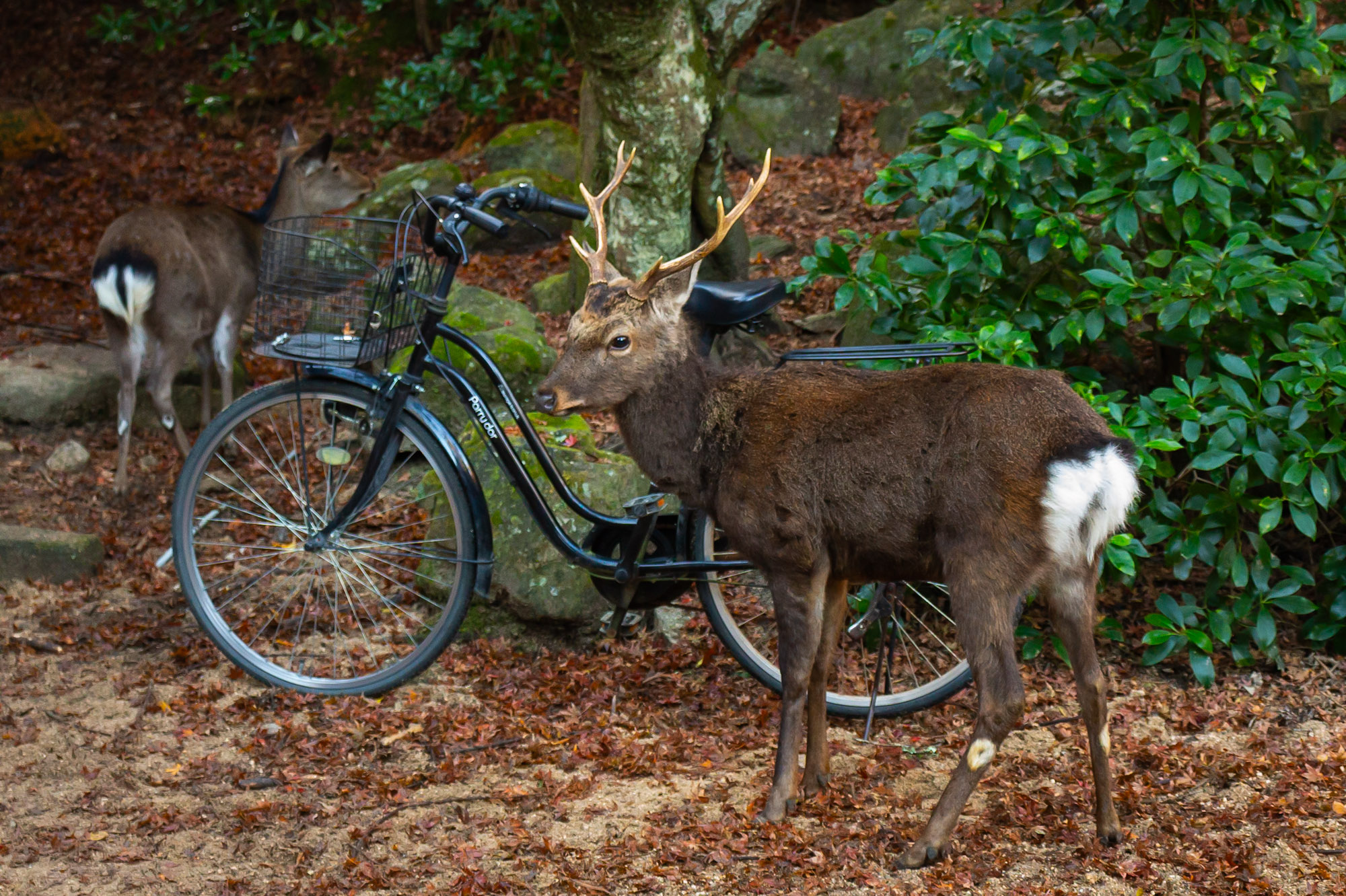
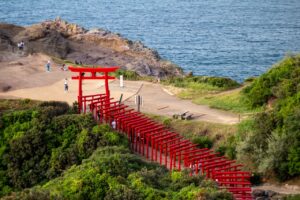
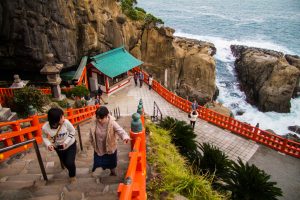
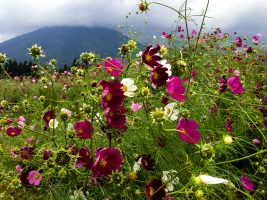
2 Comments
Join the discussion and tell us your opinion.
Thank you for linking to my 2012 blog post about the deer at Miyjima. I am glad to hear that in the 13 years since I was there, that things appear better with the deer. I would do the same as you if I had a chance to return to Japan: I would go back and see what things are like now. Thank you for this updated post. <3
Thanks for your comment, Crystal, and for shining a spotlight on the issue all those years ago! I hope you’ll get the chance to visit Japan again. Here’s to future adventures 🙂